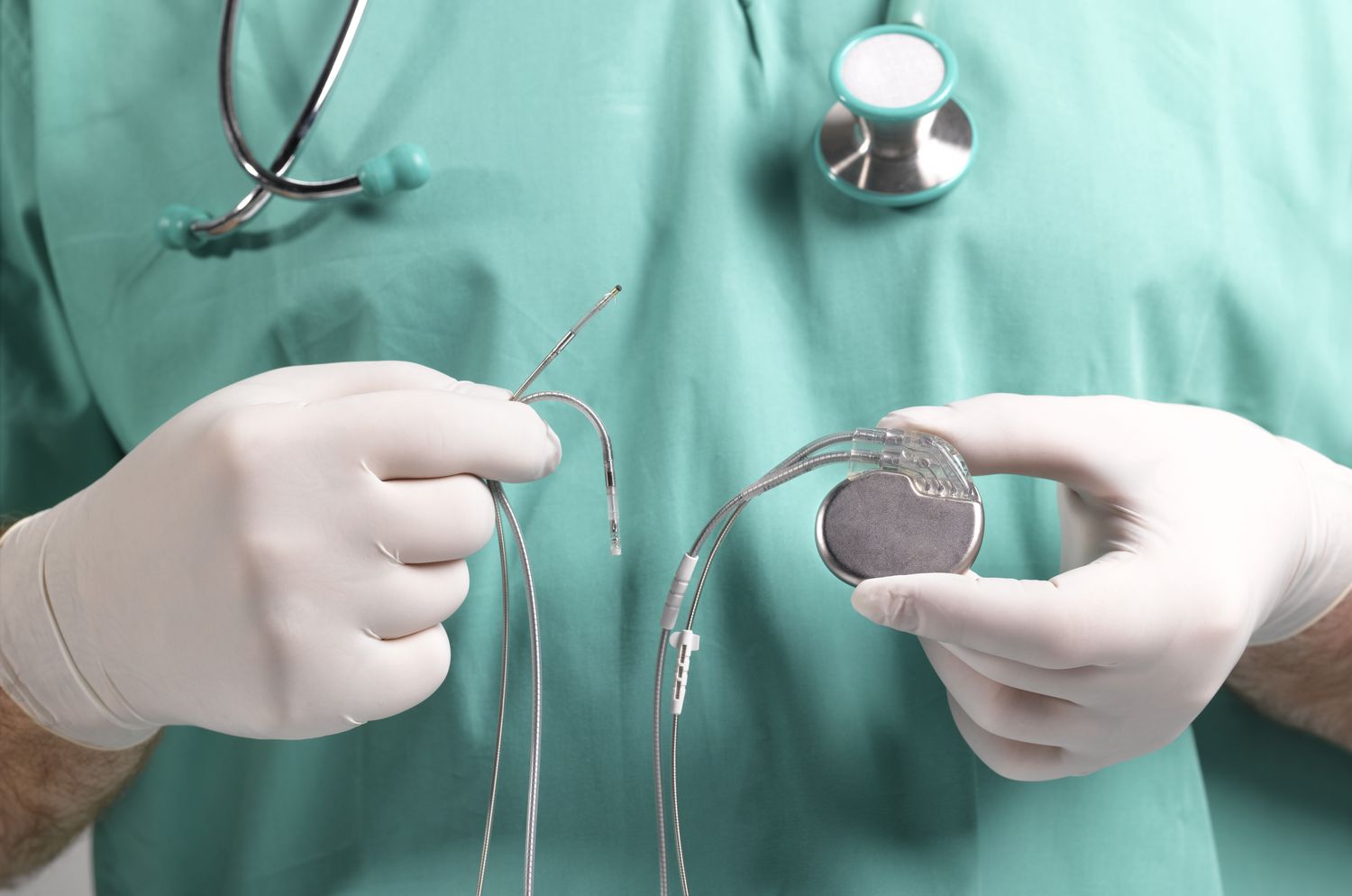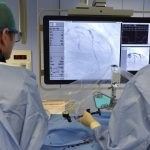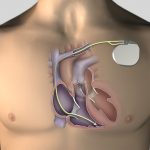
Key facts
- A pacemaker is a small medical device placed in the chest to correct certain heart problems.
- Your doctor or specialist may recommend a pacemaker if you have an irregular heartbeat, heart muscle problems or some other heart conditions.
- A pacemaker is inserted during a minor surgical procedure.
- Most people with pacemakers can continue to live active lives.
- Your doctor can advise you of any precautions you need to take after having a pacemaker inserted.
What is a pacemaker?
A pacemaker is a device that sends electrical impulses to the heart. These make the heart beat at a normal rate. It consists of a battery, a tiny computer and a generator in a thin metal box, along with wires that connect the pacemaker to the heart.
There are different types of pacemakers. Your doctor will discuss which one is best for you.
Who needs a pacemaker?
Your doctor may suggest you have a temporary pacemaker while your heart recovers from a heart attack, heart surgery or while you wait to have a permanent pacemaker inserted. Temporary pacemakers are only used for short periods. If you have a temporary pacemaker, you will usually need to be monitored in hospital.
A permanent pacemaker (sometimes known as a PPM) may be recommended if you have:
- arrhythmias such as heart block (when the electrical signals within the heart are delayed)
- heart disease
- other conditions that affect your heart rate
If you have an arrhythmia, your heart may beat slower or faster than normal or have an irregular rhythm. In some cases, your heart may then not be able to pump enough blood to your body. This can make you feel tired, short of breath, dizzy or faint and can be dangerous.
There are other treatments for arrhythmia. Your doctor will discuss with you whether a pacemaker is the best treatment for your condition.
How is a pacemaker inserted?
A pacemaker is inserted in minor surgery under an anaesthetic. The surgery usually takes between 1 and 3 hours.
Your doctor will make an incision to create a ‘pocket’ in the upper chest, below your collarbone.
Either 1 or 2 electrical leads are guided through a vein, towards the heart, and are connected to the pacemaker. Then, your doctor will check the device is working properly.
The pacemaker is tucked inside the pocket and the incision is sewn together and covered by a dressing. There will be a visible bulge under the skin where the pacemaker was inserted.
What are the risks of pacemaker surgery?
Pacemaker surgery is usually safe. Generally, your body won’t reject a pacemaker. However, some people may have:
- swelling, bruising or bleeding
- infection
- blood vessel or nerve damage
- pneumothorax (collapsed lung)
- a reaction to medicine used during surgery
It’s a good idea to discuss the risks and benefits of surgery with your doctor. Use the healthdirect Question Builder to prepare for your medical appointment by creating a list of questions to ask your doctor. Print or email the list so that it is handy to take to your appointment.
How will life be different with a pacemaker?
The pacemaker’s battery should last between 5 to 15 years. You should have regular checks of the battery, so it can be replaced when necessary.
You should also have regular check-ups (usually every 6 to 12 months) with your specialist to make sure the pacemaker is working properly.
Most people with pacemakers can play sport, swim, have sex and keep up other physical activities. However, you should avoid contact sports, such as football.
Occasionally, electrical devices with a strong magnetic field can interfere with a pacemaker. These may include mobile phones, older-model microwave ovens and high-tension wires. Talk to your doctor if you are experiencing any problems.
When travelling, be sure to tell airport security staff that you have a pacemaker, as it will probably set off the metal detector.
Your doctor will give you a medical ID bracelet or a card to keep in your wallet to let people know you have a pacemaker. You’ll also get instructions about being careful with some electrical equipment and medical and dental procedures.



